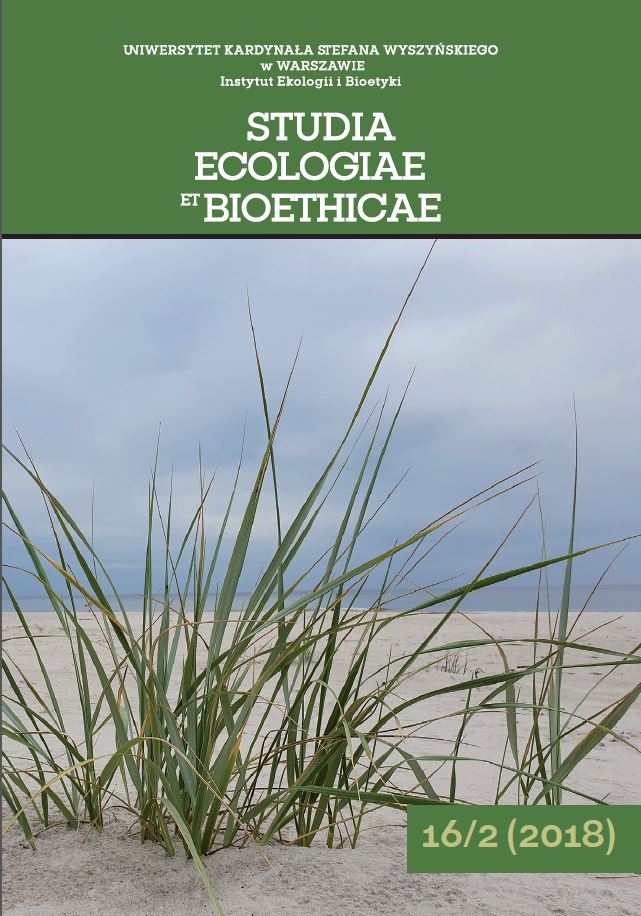Turystyka jako główna forma rozwoju społeczno-gospodarczego Huculszczyzny w okresie II Rzeczpospolitej Polskiej
Tourism as the main form of social and economic development of the Hutsul region in the period of Second Republic of Poland
Author(s): Jacek Oleksiejuk, Stanisław PiekarskiSubject(s): Interwar Period (1920 - 1939), Tourism
Published by: Wydawnictwo Naukowe Uniwersytetu Kardynała Stefana Wyszyńskiego w Warszawie
Keywords: Hutsul region;tourism;sport;recreation;winter marches;the Polish Legions;museum;Friends of Hutsul Region Association;
Summary/Abstract: One of the more fascinating cultural and climatic regions of the II Republic of Poland was Hutsul region located in Stanisławów Voivodeship. Initially, the region was outside the circle of interests of tour operators. Only just the early thirties of the twentieth century was considered that Hutsul region should become an important element of Polish tourism and sport policy. First and foremost the contemporary Ministry of Military Affairs was designated to accomplish this task. An important role also come, on established in 1932, Friends of Hutsul Region Association. In the years 1933–1935 – in the summer time – nationwide „Hutsul Festivals” were organized. Its „winter” counterpart was the Winter Marches of Hutsul’s Rout of the II Brigade of Polish Legions. Tourist-sport events, largely of political and propaganda character, were accompanied by a fight to improve the tourist infrastructure. The main aspect of this was uprising in 1935–1938 the magnificent – even monumental – Hutsul Museum in Żabie. As a result – at the end of the interwar period – Hutsul region became a region competing with Tatra Mountains and Zakopane for the primacy in tourist aspect.
Journal: Studia Ecologiae et Bioethicae
- Issue Year: 16/2018
- Issue No: 2
- Page Range: 87-100
- Page Count: 14
- Language: Polish

